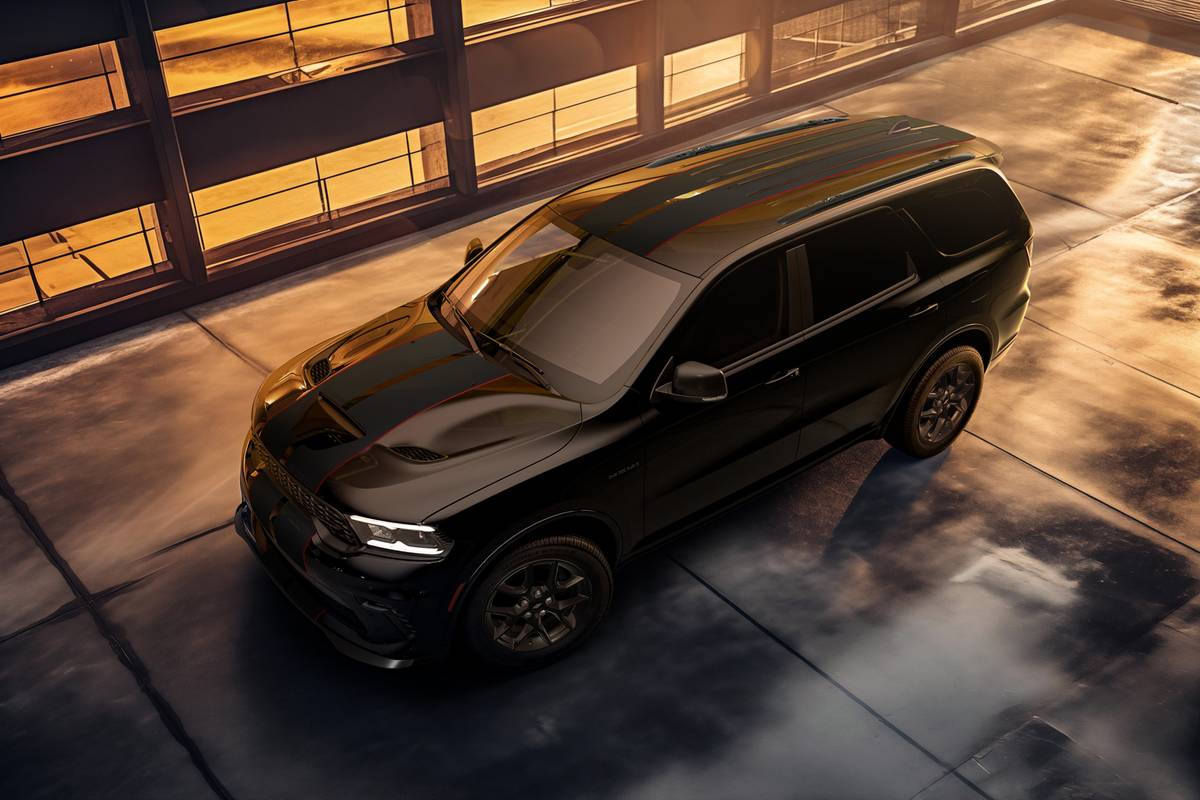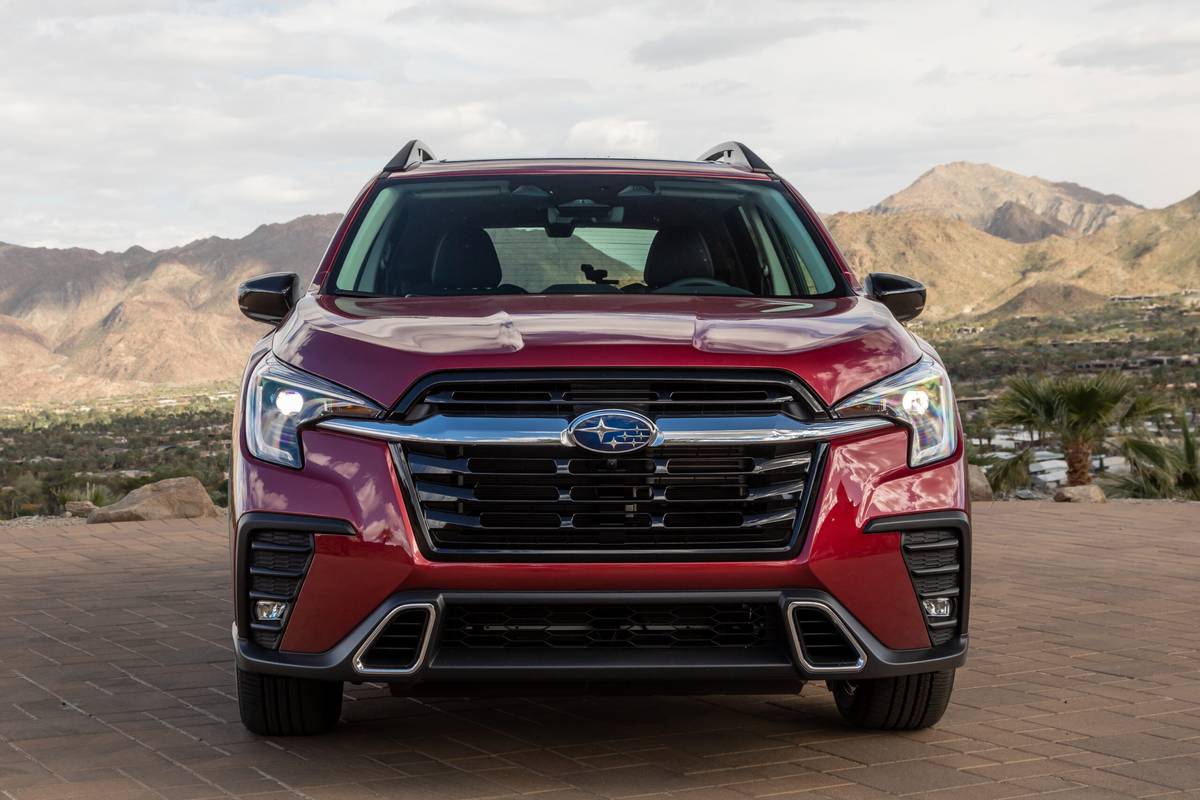Star-Telegram.com's view
There’s a credible compact sedan in the same class as the Honda Civic, Toyota Corolla and Nissan Sentra that many consumers just might be overlooking: the Hyundai Elantra.
And if this car isn’t on your list, perhaps it should be, as it’s among the value leaders on the market, and one of the vehicles responsible for the South Korean automaker’s recent great success – such as showing sales gains during 2009 while other automakers were racking up big declines.
You should not have any more concerns about Hyundai’s quality or reliability, either, as the brand is a leader in that area among non-luxury brands.
Among the reasons for adding the Elantra to your list of compact sedans to consider: the long list of standard equipment, great fuel-economy ratings, and the price, especially when compared with one of those Japanese competitors.
For 2010, the base price for the new entry-level Blue model is $14,185 (plus $720 freight), and it comes with EPA ratings of 26 mpg city/35 highway with the standard five-speed manual transmission.
That’s $1,205 less than a comparably equipped 2010 Corolla and $1,310 less than a Civic. EPA ratings are the same for the Toyota, but the Elantra beats the manual-transmission base Civic by one mile per gallon on the highway.
Unfortunately, the Elantra Blue model is not available with the four-cylinder automatic transmission, which comes only in the midlevel GLS and top-end SE models.
It does have an impressive list of standard amenities, such as six air bags, four-wheel antilock disc brakes, tire-pressure monitoring, active front head restraints, power windows/heated mirrors/door locks with remote (including alarm and trunk release), one-touch down for the driver’s window, variable intermittent windshield wipers, multiple storage areas, 60/40 split-folding rear seatback, tachometer, tinted windows, two 12-volt power outlets and tilt steering wheel.
For Texas, though, most consumers would want to tack on the $1,700 Comfort Package, which adds the necessary air conditioning, along with a 172-watt AM/FM/XM/CD/MP3 audio system with tweeters and in-glass antenna, iPod/USB connections, and cruise control.
When both the Comfort Package and automatic transmission are added, what you’re getting is the Elantra GLS model, which lists for $16,895 (plus freight).
For $17,845, our SE test model came as well equipped as some cars that cost a lot more. A Premium Package ($1,150) brings a power tilt-and-slide sunroof and heated front seats. (The Premium Plus Package available for 2009, which also included leather upholstery, has been dropped for 2010, so that must not have been a very popular option.)
Among standard features on our SE model were tilt-and-telescopic steering wheel, the power windows/mirrors/door locks with remote, air conditioning, cruise control, fog lights, leather-wrapped steering wheel with integrated audio controls, 16-inch alloy wheels, and a trip computer.
But only a four-speed automatic transmission is available; a five-speed automatic is used in the competing Civic and Mazda3, and Nissan has a continuously variable automatic in the Sentra. The Corolla has only a four-speed, however, as do the Chevrolet Cobalt and Ford Focus.
The Elantra, whose current generation debuted for 2007, borrowed some of its styling from Hyundai’s flagship Azera sedan as well as the midsize Santa Fe crossover.
Under the hood is a 2.0-liter inline four-cylinder engine rated at 138 horsepower and 136 foot-pounds of torque.
That compares with 140 horsepower for the Civic and Sentra, and 130 for the Corolla. No engine upgrade is available, even though competitors have other choices. (An optional 2.4-liter four-cylinder engine offered in the Toyota that takes it up to 158 horsepower; the Civic Si sedan has 197 horsepower, but it comes only with a manual gearbox and costs nearly $23,000; and Nissan offers SE-R performance versions of the Sentra with 177 and 200 horsepower, both around $20,000.)
Even though the Elantra is priced to compete in the compact sedan segment, its 112.1 cubic feet of interior space, including the 14.2 cubic-foot trunk, give the car an official EPA classification as a midsize sedan. (The new 2011 Sonata sedan, which competes in the midsize class, qualifies under EPA rules as a large car.)
The Elantra has more interior space than the Civic (102.9 cubic feet) and Corolla (103.8). It even has more space than Acura’s premium midsize TL sedan (110 cubic feet), which is based on the Honda Accord chassis.
It’s a step up from Hyundai’s Accent, and is intended for people who can afford to spend a bit more. The Accent sedan starts at $13,645 (plus freight), while a three-door hatchback begins under $10,000.
Hyundai was among the first to add front seat-mounted side air bags and side-curtain air bags for both rows as a standard feature for this vehicle class, offering occupants protection from side impacts as well as rollovers. These types of air bags are believed to be capable of reducing fatalities by more than 45 percent overall, according to the Insurance Institute for Highway Safety.
For now, though, electronic stability control is available only on the SE model, where it is included in the base price. This technology has become standard on sport utility vehicles, and at least optional on most other cars. The Elantra’s antilock brakes include electronic brake-force distribution, another popular new technology.
As with many cars these days, the rear seat has a 60/40 split-folding feature that can expand cargo space from the trunk. A rear center armrest is standard, and there is a center console between the front seats that also serves as an armrest.
The only options on our test car, the SE, were carpeted floor mats ($95) and a Bluetooth hands-free phone connection ($325). Total sticker was $18,985, including freight and options.
Hyundai offers one of the best warranties in the industry – five years/60,000 miles total coverage, and 10 years/100,000 miles on the powertrain.
The automotive columns of G. Chambers Williams III have appeared regularly in the Star-Telegram since 1994. Contact him at 210-250-3236; chambers@star-telegram.com.
Latest news



